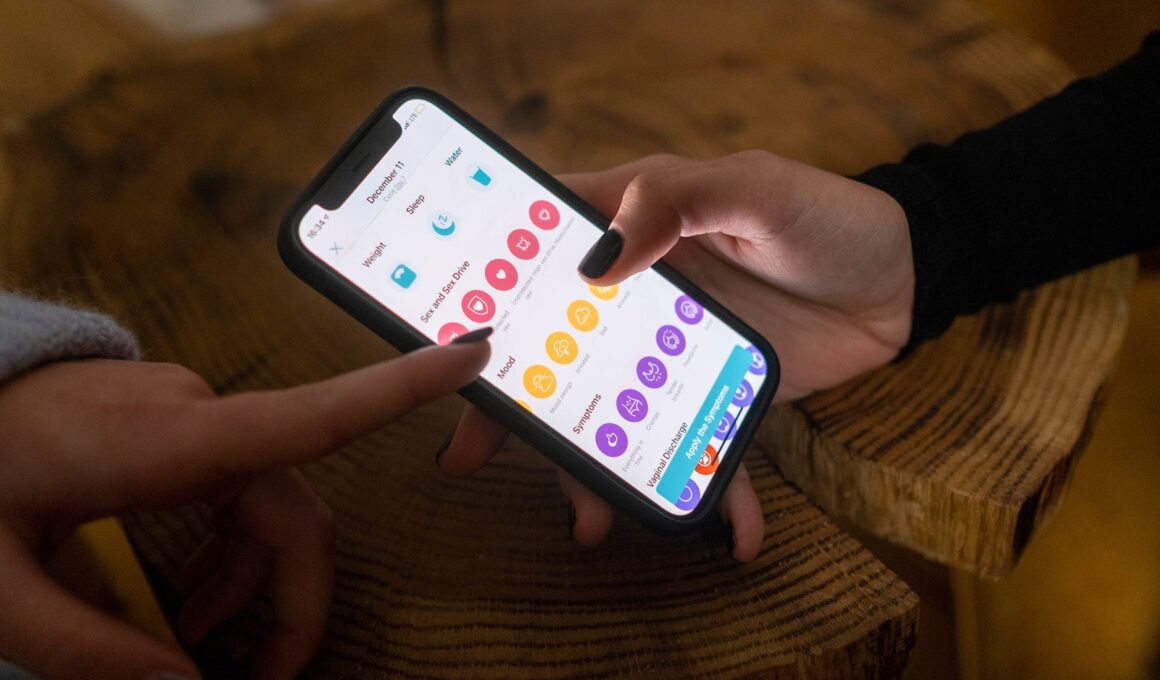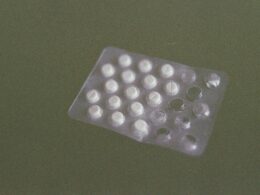Many methods of birth control prevent ovulation, especially hormonal ones like combination pills. But they can’t always work 100% perfectly, especially if you miss a pill or take it at the wrong time.
Ovulation usually happens in the middle of a 28-day menstrual cycle, around day 15. However, this varies from woman to woman.
Thermometer method
If you’re using birth control to prevent pregnancy, it is important to track your ovulation so you can avoid unprotected sex. A simple ovulation calendar is one option, or you can use a basal body temperature thermometer to see when you’re most fertile. You can find these at most pharmacies, or online. This method works by looking for a small increase in your basal body temperature (BBT). To do this, you take your temperature every morning before getting out of bed, ideally at the same time each day. You need a digital thermometer or one designed for natural family planning, since ear or forehead thermometers won’t be accurate enough.
BBT charting is an effective way to know when you’re ovulating, but it can take a few months before you can get a good reading. It’s best used in conjunction with other fertility awareness methods, like cervical mucus tracking.
Oral contraceptives, also known as the Pill, work by altering the hormones in the body. Combination pills, which contain both estrogen and progestin, stop ovulation and prevent pregnancy by blocking sperm from reaching the egg. However, some women still ovulate while taking oral contraceptives. Those who do ovulate may notice a change in their menstrual cycle, or physical symptoms such as abdominal pain and bloating.
Cervical mucus method
Cervical mucus is a fluid secreted by the cervix and shed through your vagina. It keeps the tissues in the vagina healthy, protects it against infection and provides lubrication. Its color, consistency and quantity vary throughout your menstrual cycle. It can also indicate an infection. This is why it is important to monitor vaginal discharge and cervical mucus. It can be difficult to notice changes in these symptoms, especially if you have a long menstrual cycle or irregular hormones.
During the fertile window, estrogen levels rise and your mucus becomes clear and stretchy. It can look similar to raw egg whites and feel watery or slippery. This allows sperm to enter the uterus and fertilize an egg, and is known as the “fertility window.” It lasts for about five days before and during ovulation.
The cervical mucus method is a great supplement to other ovulation-tracking methods, and it can help you pinpoint your ovulation date with greater accuracy. Start monitoring your cervical mucus the day after your period ends, and record the state of the mucus each day on a fertility calendar or chart. Be sure to note the color, consistency and feel of the mucus each day.
The cervical mucus method is not suitable for all women, as it can be inaccurate due to different hormonal fluctuations during the menstrual cycle. You may not notice a difference in your mucus until the last few days of your cycle, or you may not experience a fertile window at all.
Ovulation calendar
If you’re trying to conceive, knowing when you are most fertile can help you avoid pregnancy. Most women ovulate around day 14 of their menstrual cycle. However, this can vary from person to person. This is why it’s important to use an ovulation calendar or calculator. Ovulation calculators estimate your most fertile days, or “fertile window,” based on your average menstrual cycle.
To calculate your average menstrual cycle, start by counting the number of days from the first day of your period to the day you get your next period. Then divide this number by the number of days in your longest cycle. For example, if your cycle lasts 27 days, subtract 11 from that number to get 19. This is the day you’ll mark on your calendar with an “X.” You’ll notice that your temperature begins to rise on this day. This increase in temperature is a sign of ovulation.
Using an ovulation calendar can be difficult, especially if your period is irregular. To make it easier, you can buy a basal body thermometer, which measures the temperature of your vaginal walls. The device reads small changes in your body’s temperature, and can detect an increase in the level of luteinizing hormone (LH). When you’re close to ovulation, LH levels rise rapidly. This means that sperm can fertilize the egg and cause pregnancy.
Basal body temperature method
Tracking your basal body temperature (BBT) is a popular and affordable method for predicting ovulation. It can be combined with other fertility awareness methods, such as cervical mucus or an electronic ovulation monitor, to help you prevent pregnancy. Unlike ovulation kits you can purchase in stores, tracking your BBT does not require expensive equipment or carry any risks.
The bbt method works by measuring your resting body temperature every morning before you get out of bed. When ovulation occurs, your body temperature will rise slightly. This increase usually happens in the two days leading up to ovulation, and it can indicate an egg has been released. This time is known as the fertile window and it’s when a woman is most likely to get pregnant.
To get the most accurate results, take your readings before you start your day. Record your BBT for a few cycles, and you should begin to see a pattern develop. It can be helpful to use a digital thermometer that can measure temperatures to one-tenth or even two decimal places of a degree.
If you’re using this method to try to conceive, it’s best to avoid unprotected sex during the fertile window. A couple can use a diaphragm or condoms to prevent pregnancy from occurring. Alternatively, they can use another form of birth control, such as withdrawal or spermicides.









